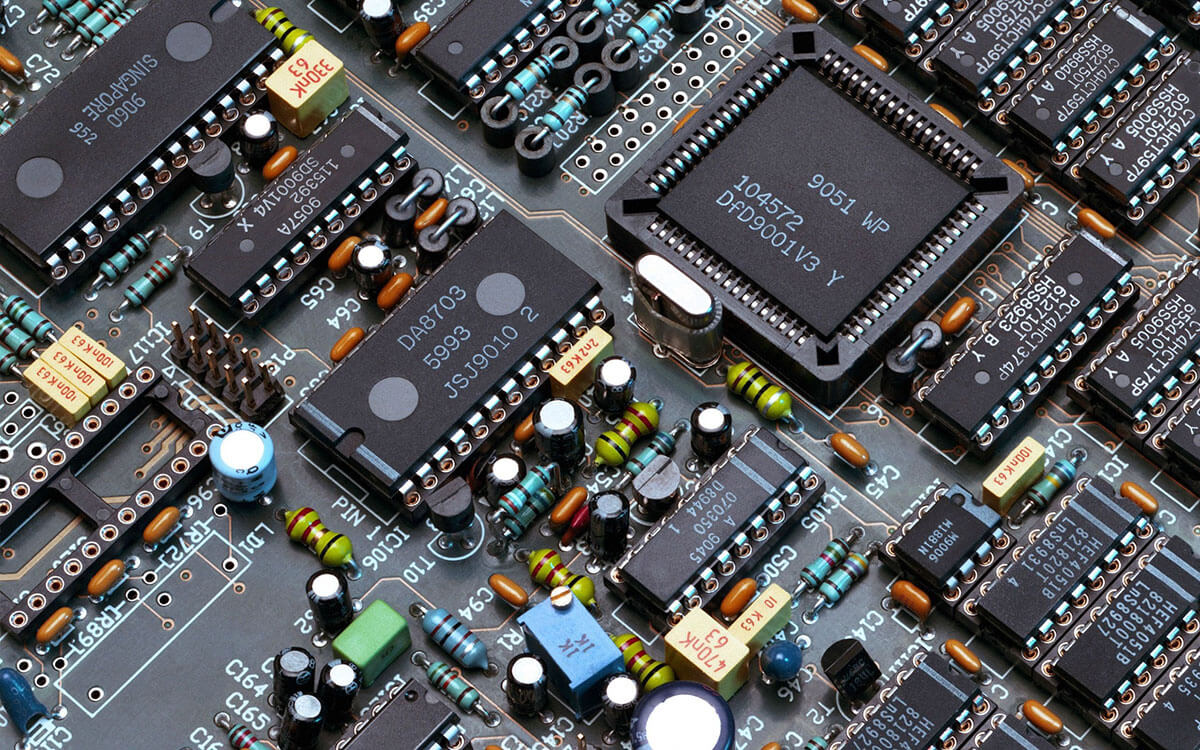
In the intricate world of neural engineering and electronics, the quest to understand the human brain has led to fascinating parallels between biological structures and electronic components. One intriguing inquiry that arises is: Which electronics component is most similar to an axon? This exploration delves into the realms of neuroscience and electronics, unraveling the analogies that bridge the biological and technological frontiers.
Axons in Neurobiology:
Before drawing parallels, it's essential to comprehend the role of axons in neurobiology. Axons are the elongated projections of nerve cells responsible for transmitting electrical impulses, facilitating communication between neurons. Their unique structure allows for the efficient propagation of signals, forming the basis of neural networks.
Electronics Components Analogous to Axons:
1. Transmission Lines in Electronics:
The concept of transmission lines in electronics bears a striking resemblance to axons in neurobiology. Transmission lines, such as coaxial cables or waveguides, serve to transmit electrical signals efficiently over distances. Like axons, these components focus on preserving signal integrity and minimizing interference, creating pathways for electrical communication.
2. Optical Fiber Cables:
Optical fiber cables provide another intriguing parallel to axons. The use of light signals in fiber optics mimics the transmission of electrical impulses along axons. Both systems prioritize the efficient transfer of information over extended distances, with minimal signal degradation.
3. Nanowires and Nanotubes:
At the nanoscale, materials like nanowires and nanotubes exhibit properties reminiscent of axons. These structures facilitate the flow of electrons, much like axons enable the flow of electrical impulses in the nervous system. Their small size and efficient conductivity make them candidates for creating compact and high-speed electronic pathways.
4. Neuromorphic Chips:
Neuromorphic chips represent a cutting-edge advancement in electronics that emulates the structure and function of the human brain. These chips incorporate elements resembling neurons and synapses, with pathways akin to axons for signal transmission. Neuromorphic computing aims to replicate the parallel processing capabilities of the brain.
Challenges and Advancements:
Understanding the similarities between axons and electronics components is not without its challenges. While electronic components can replicate certain aspects of neural communication, the complexity of biological systems poses unique hurdles. Advancements in materials science, nanotechnology, and neuromorphic computing are continuously pushing the boundaries of what is achievable in creating electronic counterparts to biological structures.
Implications for Future Technologies:
The exploration of electronics components analogous to axons has profound implications for future technologies. As our understanding of neural engineering grows, we may witness the development of more sophisticated electronic systems that draw inspiration from the efficiency and precision of the human nervous system. This convergence of neuroscience and electronics could lead to breakthroughs in artificial intelligence, brain-machine interfaces, and advanced communication technologies.
Conclusion: Bridging Biology and Technology
In conclusion, the quest to find electronics components most similar to axons reveals the intricate interplay between biology and technology. As researchers and engineers delve deeper into the nuances of neural engineering, the potential for transformative innovations in electronics becomes increasingly evident. The bridging of biology and technology holds the promise of unlocking new frontiers in communication, computing, and artificial intelligence, shaping the future of how we interact with and understand the world around us.



